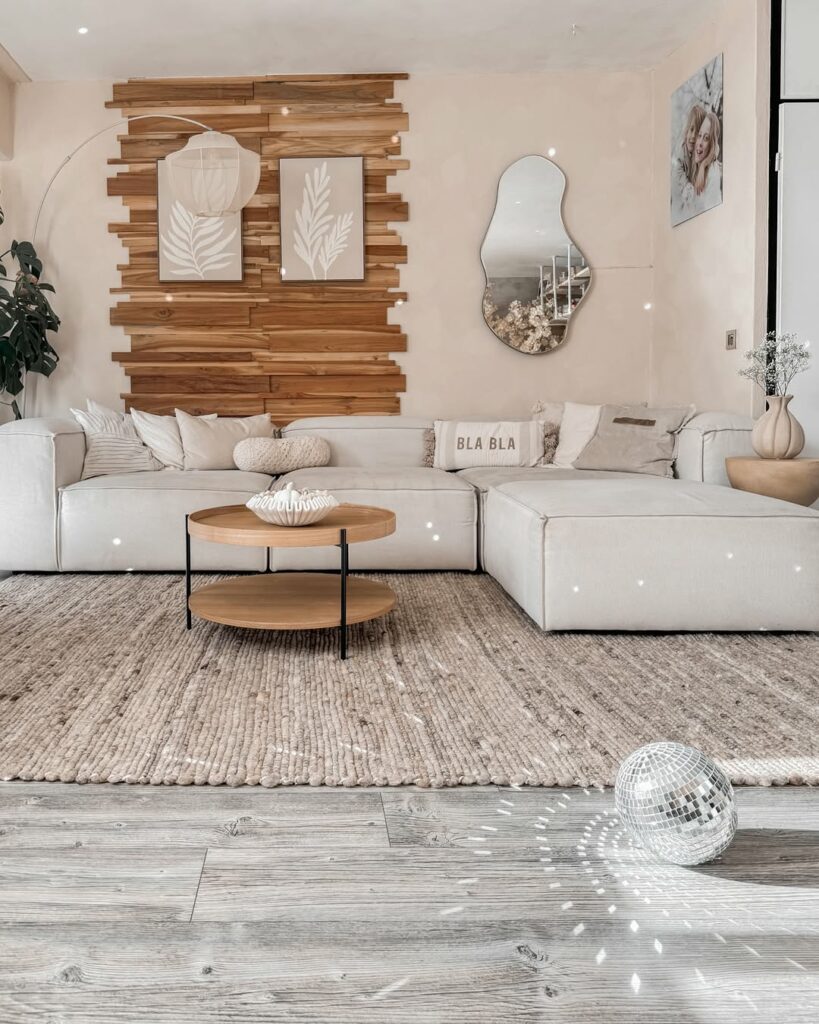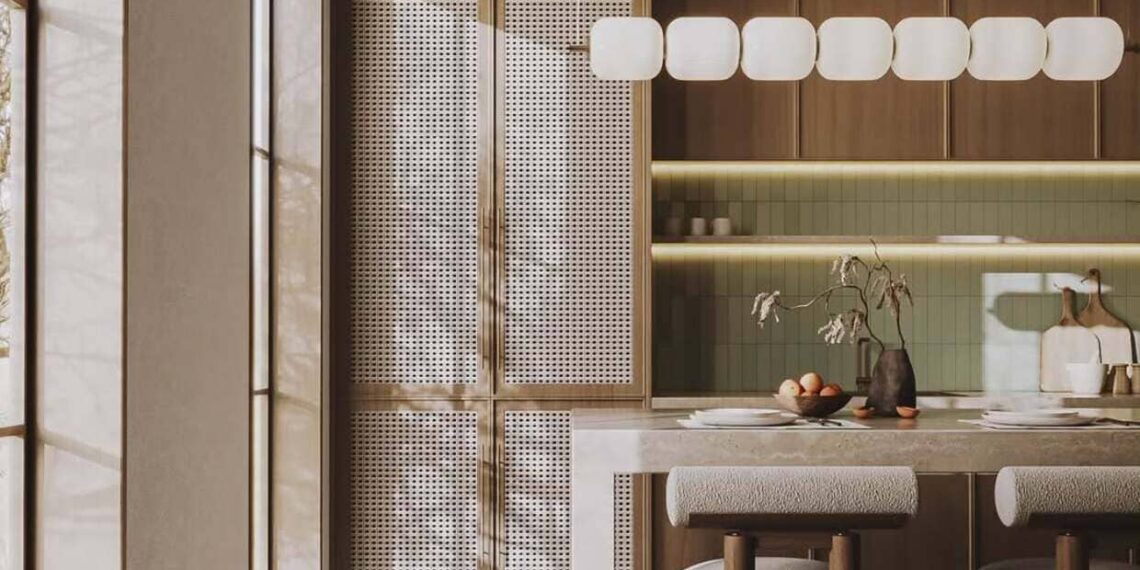In an era where overstimulation is the norm, the Japandi home trend has emerged as a gentle rebellion — a design movement that whispers instead of shouts. By marrying the pared-down elegance of Japanese interiors with the comforting warmth of Scandinavian decor,
Japandi invites you to strip away excess and make room for intentional living. It’s not just a style — it’s a mindset, a way of building spaces that nourish peace, simplicity, and functionality.
The Essence of Japandi: Where Form Meets Feeling
Japandi isn’t about empty spaces — it’s about spaces that breathe. Natural light, raw textures, and thoughtful furniture placement replace decorative clutter. According to interior designer Anika Lévesque, founder of a New York-based minimalist studio, “Japandi creates interiors that act like a soft exhale — they calm you down the moment you walk in. The color palette, the materials, the shapes… everything is intentional.”

This design philosophy values natural materials, such as wood, linen, bamboo, and stone, all of which reflect a connection to the earth. The idea is to design with purpose — fewer objects, but each one telling a story or fulfilling a need.
Minimalism That Warms Instead of Sterilizes
Unlike the cold minimalism that many associate with stark modernity, Japandi style brings warmth through soft, cozy elements. Think low wooden furniture, layered textures, and curated imperfections — like hand-thrown pottery or a weathered stool.
Designer Elliot Sun, whose projects blend Asian and Nordic influences, explains: “The Japandi aesthetic understands that homes are lived in. It’s not about perfection. It’s about serenity in imperfection — embracing the wabi-sabi spirit.”
This design invites in cozy textiles and tactile contrasts, often combining muted earthy tones like taupe, sand, sage, and charcoal with warm lighting and greenery. It’s where a cashmere throw feels just as essential as a minimalist shelf.
Creating Calm Through Functionality
Function is a pillar of this aesthetic. Every item in a Japandi interior has a role — nothing is purely decorative. That’s why storage solutions are often integrated into the architecture, with clever cabinetry, under-bench storage, or minimalist shelving systems that don’t disrupt the visual flow.

In smaller spaces, this approach is a game changer. By prioritizing form and utility, Japandi style makes rooms feel larger, more open, and more restful — even when square footage is limited.
How to Begin Your Japandi Transformation
Start by evaluating your space not in terms of what it lacks, but in terms of what you can remove or simplify. Replace loud patterns with calm design choices — such as a neutral rug made from natural fibers or a single piece of driftwood artfully placed on a console. Open up your windows, let light in, and allow the outdoors to become part of the decor.
Don’t rush to redecorate everything. Japandi is a slow style — one that rewards thoughtfulness and intention over trends. The beauty lies in what’s left unsaid, in the silence between objects, and in the harmony they create together.

Enfeite Decora is a digital publication dedicated to inspiring and informing enthusiasts of architecture, interior design, and gardening. The editorial team (credited in the content) includes specialized writers, landscape designers, gardeners, and individuals passionate about transforming spaces.
Content Curator: Cláudio P. Filla | Advertising Professional & Social Media Manager
Email: [email protected]





Discussion about this post